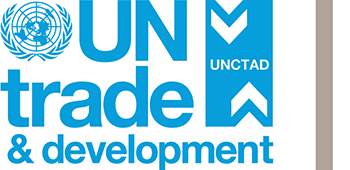In the aftermath of the Global Financial Crisis (GFC) (2008-2009) the external financing needs of Latin America and the Caribbean have increased significantly reflecting a process of external debt accumulation that has occurred in all developing regions. This process of debt accumulation has been reinforced by the impacts of COVID 19. As things stand, Latin America and the Caribbean (LAC) is the most indebted region in the developing world. LAC’s debt profile makes the region highly vulnerable to changes in international lending conditions and to perceptions of risk in issuing countries, increasing their volatility, and making them more liable to sudden reversals. This context has placed a major constraint on government responses to confront the urgency of COVID-19 and, in the medium-term, undermines their capacity to build forwards better. This text focuses on two proposals to address these challenges: (i) expanding and redistributing liquidity from developed to developing countries through innovative uses of Special Drawing Rights (SDRs); (ii) expanding the set of innovative instruments aimed at increasing debt repayment capacity and avoiding excessive indebtedness. The innovative instruments comprise state contingent instruments, hurricane clauses and a multilateral credit rating agency.
